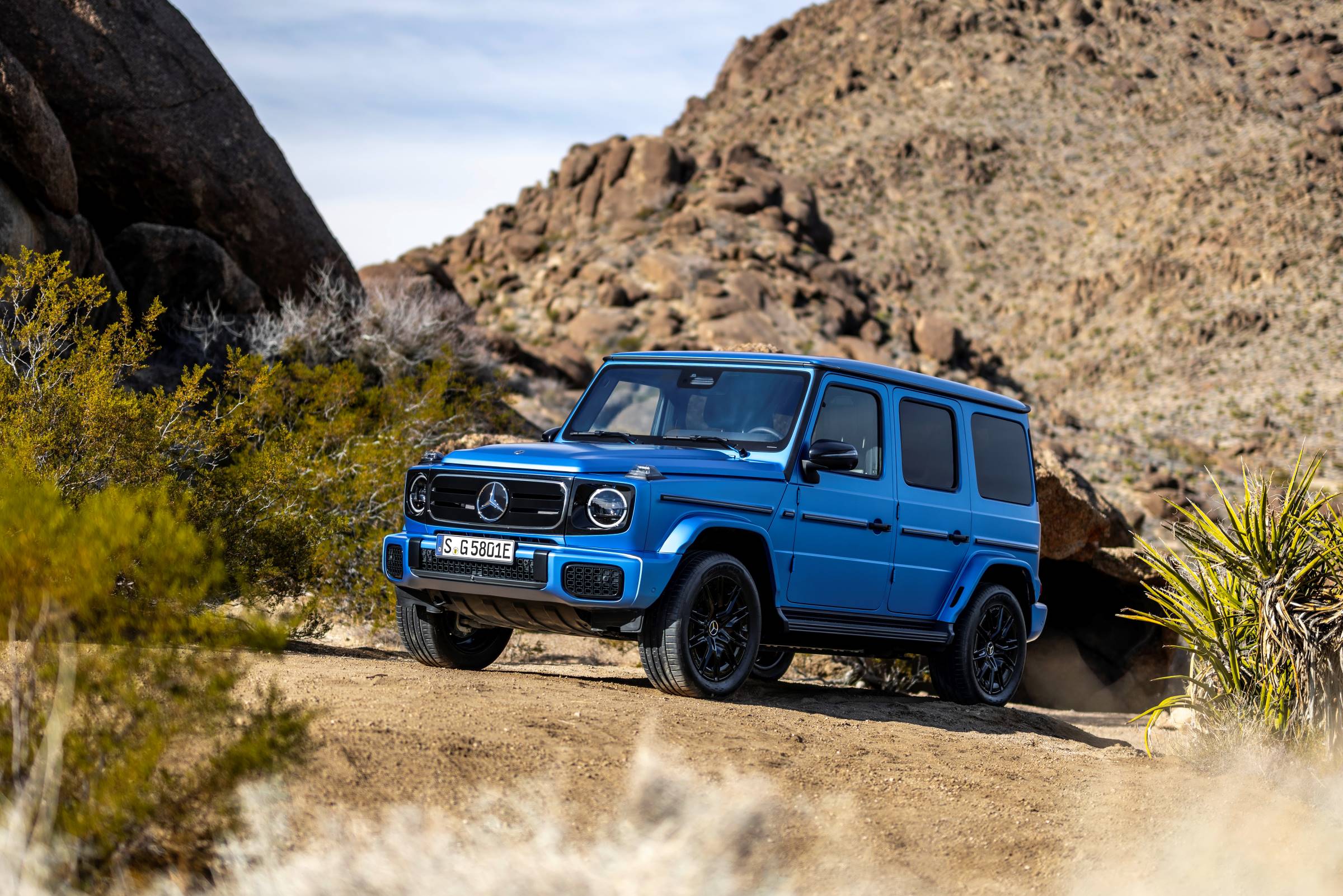
If you’ve been dreaming of a smaller, cheaper G Wagon, then good times are on the horizon. Mercedes will unveil its “Baby G” in 2025, and the vehicle will be delivered to customers sometime in 2026. While that may still seem like an agonizingly long wait for the small offroader, there is plenty of information about it available at the moment.
The biggest difference is obviously the vehicle’s size. The exact dimensions haven’t been confirmed yet, but basic logic dictates that the Baby G is going to be more compact and manageable than its full-sized brother. Despite the shrinking, Mercedes is very likely to retain pretty much everything that makes a G Wagon a G Wagon. So expect a boxy shape, those circular headlights, and a bunch of other little touches scaled down into a tiny new package.
Prices are also expected to plunge with the upcoming Mercedes crossover, with MotorTrend perhaps optimistically estimating that the little off roader could start as low as $55,000-65,000. This would be a major price cut, as the full-sized G Wagon will set you back at least $140,000 — but we all live in hope.

The G Class is going electric
The biggest news about the Baby G is arguably powertrain-related. Just like one of its big brothers, Mercedes’ little offroader is going to be all-electric. Mercedes technical chief Markus Schäfer confirmed the news to Autocar in January 2024. Going all-electric certainly has its ups and downs when it comes to offroading. On the positive side, it is arguably more practical and environmentally friendly. The amount of torque electric motors provide, and the instant availability of all of that torque is another plus. Then there’s the fact that EVs can manage the amount of power going to each wheel a lot better than their gas equivalents. There’s also a chance you can use the SUV as a power source while camping.
On the downside, there’s a lot of added weight, and that battery needs shielding, as damage to lithium-ion cells tends to lead to a bad time. You may also be stranded off the beaten trail without enough charge to get home. This is a problem in any vehicle, but getting someone to turn up with a generator and sit with you for a couple of hours is more hassle than asking someone to show up with a Jerry can.
There are hints and predictions about the exact specifications of the motors and battery packs based on the CLA and other things built on the Mercedes Modular Architecture platform, but Mercedes has yet to release the Baby G’s exact specs.
While much will remain a mystery until the German automaker pulls the covers off the little SUV at some point next year, more solid information will likely trickle out between now and then. Watch this space.



